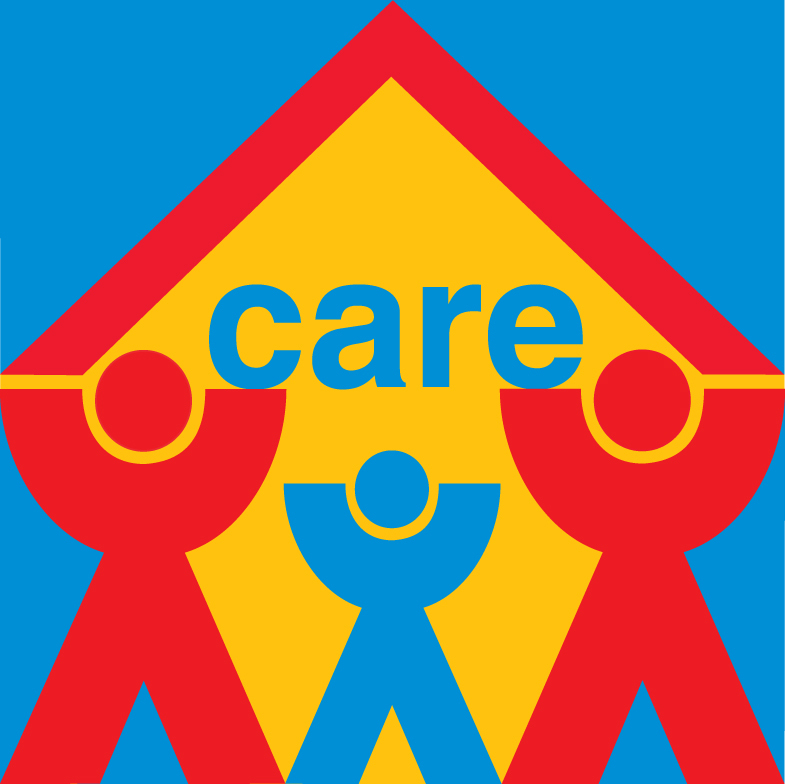There is an old adage which states “if you don’t know where you are going, you’ll probably wind up someplace else”.
A strategic plan is one tool that Ranch Ehrlo Society has used for decades to help make informed decisions about the future. Some may say that the strategic planning process has been hijacked in recent years by consultants who are becoming rich in turning a simple process into a labyrinth of acronyms and buzzwords. This need not be the case. A strategic plan still remains the most effective way to identify and set priorities and direct the limited resources of the agency.
When I started at Ranch Ehrlo Society in 2000, the late Geoff Pawson was working on updating the agency’s strategic plan. He decided his “new hire” didn’t have enough to do so he handed over to me his large file of pages, notes, scraps of papers and even marked up napkins. I have been involved with the development and updates of strategic plans since that time. “My” first strategic plan was approved in October 2001. The plan was loosely based on a template from the Child Welfare League of America, of which we were a member. It was much longer than previous plans as it captures the history and evolution of the agency, the current environment, our beliefs, principles, organizational goals, and priority activities. The purpose of this longer document was to be a marketing and educational tool for both internal and external stakeholders.
The format of the plan remained basically the same through rewrites and updates up until 2012. The levels of employee and external stakeholders’ engagement in the process varied from minimal to fully engaged, depending on the extent of change anticipated (and time available).
With the transition to new leadership and changes in governance at the board level in 2012, it was agreed that it was time to take a fresh look at the planning process.
The latest planning process began in September 2012 with a one-day board training workshop which included the role of the board in strategic planning. This was followed by a facilitated board planning session in October where the board members prioritized business areas and set a number of high-level organizational goals. Employees provided their input into agency priorities at the fall all-agency meetings across the province. In addition to gathering information on our internal and external environments throughout the winter, the agency surveyed referring caseworkers, contractors and consultants, community stakeholders, parent s/guardians, and clients. In one of the worst storms of the winter we held an external stakeholder focus group with surprisingly good turnout.
 Under the direction of the governance committee of the board, all this input was transformed into a one-page strategic map directing the agency to prioritize, for the period 2013-2016, an engaged workforce, exemplary governance practices, quality programs for individuals , families, and communities, and long-term financial sustainability. The board approved the strategy map and the accompanying action plan at its meeting in June 2013.
Under the direction of the governance committee of the board, all this input was transformed into a one-page strategic map directing the agency to prioritize, for the period 2013-2016, an engaged workforce, exemplary governance practices, quality programs for individuals , families, and communities, and long-term financial sustainability. The board approved the strategy map and the accompanying action plan at its meeting in June 2013.
In addition to setting strategic direction for the next three years the board has embraced a new vision for the agency, one “…where all individuals and families achieve their full potential”; a fitting testament to the plan and the work that we do.


